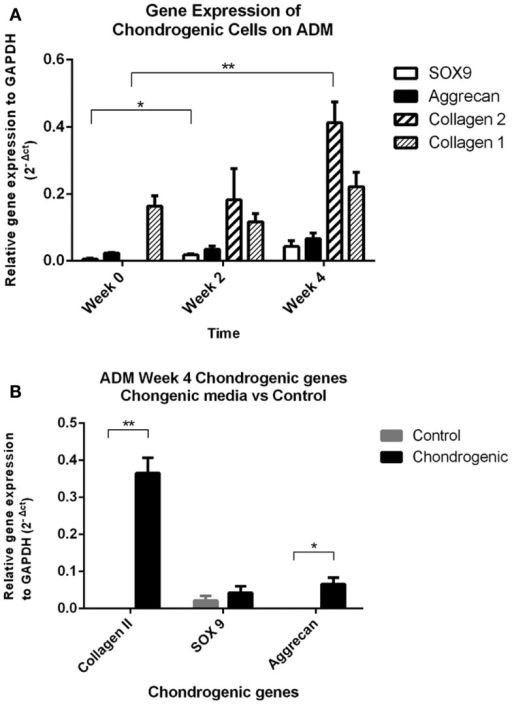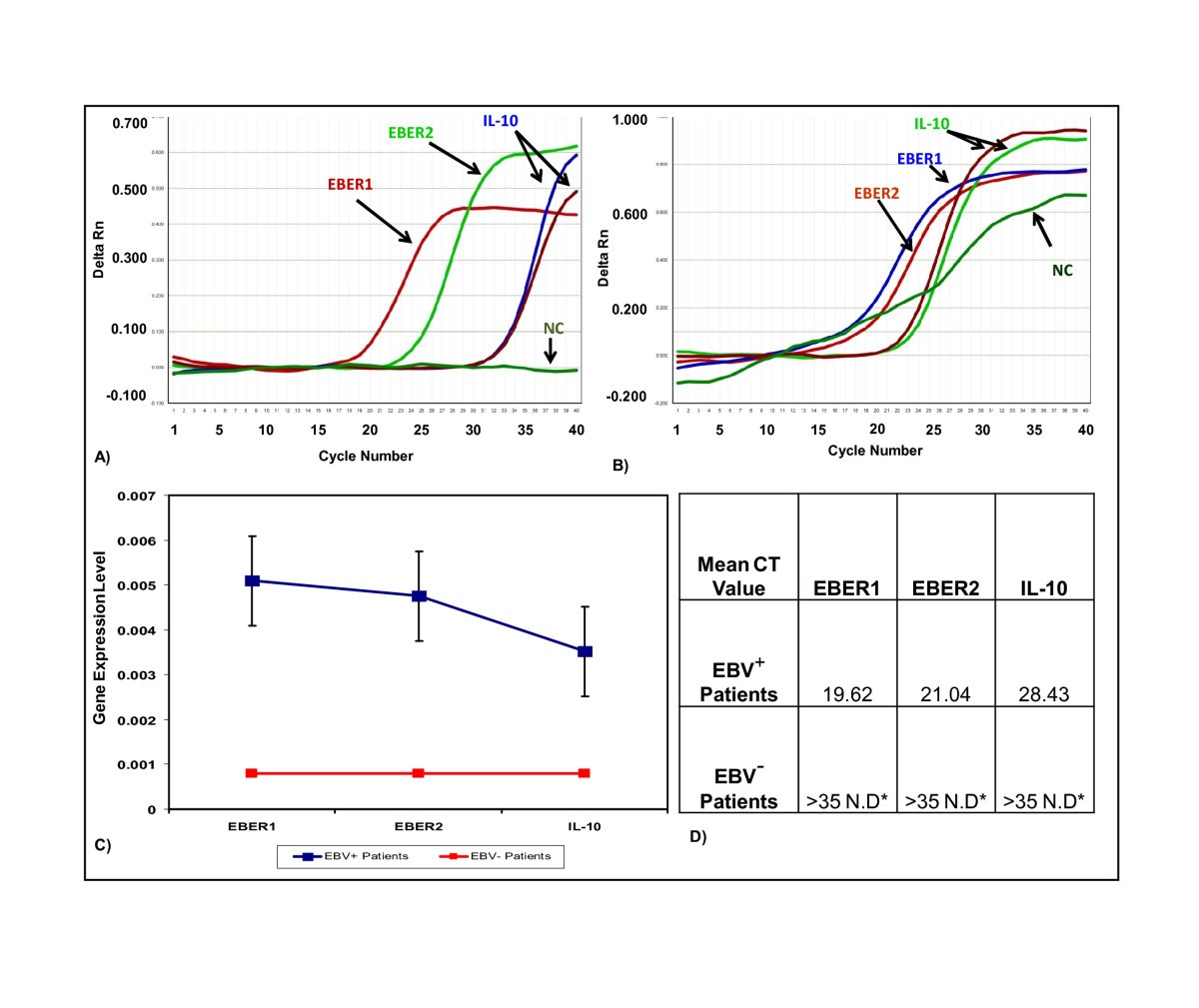

Taken together, relying solely on relative abundance results in false findings ( Fig 1) as well as the omission of important information on the interactions of different taxa with each other and the host. However, unknown absolute abundances cannot be deduced from compositional data using statistical methods, yet recent studies have shown that absolute abundances of bacteria are biologically meaningful. Sophisticated statistical methods have been developed in an effort to mitigate the effect of mutual dependence of component changes in compositional sequencing data. However, the relative abundance (black dashed line) shows a negative impact of the intervention, due to the increase in relative abundance of the affected taxon in (a).Ĭontrary to the speculation that compositionality is dismissible in high complexity environments, our simulations revealed that the compositionality effects may lead to extensive false positive findings in both complex microbial communities (e.g., gut) as well as samples with low diversity (e.g., vaginal swab) ( S1 and S2 Figs). (b) Other taxa (a single taxon represented here by the orange solid line) were not affected by the intervention. (a) The intervention (shaded area) increased a single taxon (green solid line), which remained true when converted to relative abundance (black dashed line). The simulation was conducted in absolute abundance, which was converted to relative abundance for data analysis. To demonstrate the effect of compositionality on interpretation of microbiome NGS data, an intervention was simulated where a single taxon increased in abundance.

Compositionality leading to false positive discoveries. The funders had no role in study design, data collection and analysis, decision to publish, or preparation of the manuscript.Ĭompeting interests: The authors have declared that no competing interests exist.įig 1. Ehnrooth (AS) as well as Biocodex Microbiota (AS) Foundations. Malm (CJ), Sigrid Juselius (HY-J), EVO (HY-J), Finnish Medical (PL), Alfred Kordelin (PL), Paulo (AS and PL), Jalmari and Rauha Ahokas and Novo Nordisk (HY-J), Mary and Georg C. 115372, HY-J), the EPoS (Elucidating Pathways of Steatohepatitis) consortium funded by the Horizon 2020 Framework Program of the European Union under Grant Agreement 634413 (HY-J), Academy of Finland (KK, HY-J), Otto A. Accession number: PRJEB35994.įunding: The work was funded by grants from the University of Helsinki (AS, KK, PL), the EU/EFPIA Innovative Medicines Initiative Joint Undertaking (EMIF grant no.

Qpcr data analysis programs archive#
The sequence files are available in the European nucleotide Archive ( ). This is an open access article distributed under the terms of the Creative Commons Attribution License, which permits unrestricted use, distribution, and reproduction in any medium, provided the original author and source are credited.ĭata Availability: All relevant data are within the paper and its Supporting Information files. Received: AugAccepted: DecemPublished: January 15, 2020Ĭopyright: © 2020 Jian et al. PLoS ONE 15(1):Įditor: Ivone Vaz-Moreira, Universidade Catolica Portuguesa, PORTUGAL Citation: Jian C, Luukkonen P, Yki-Järvinen H, Salonen A, Korpela K (2020) Quantitative PCR provides a simple and accessible method for quantitative microbiota profiling.


 0 kommentar(er)
0 kommentar(er)
